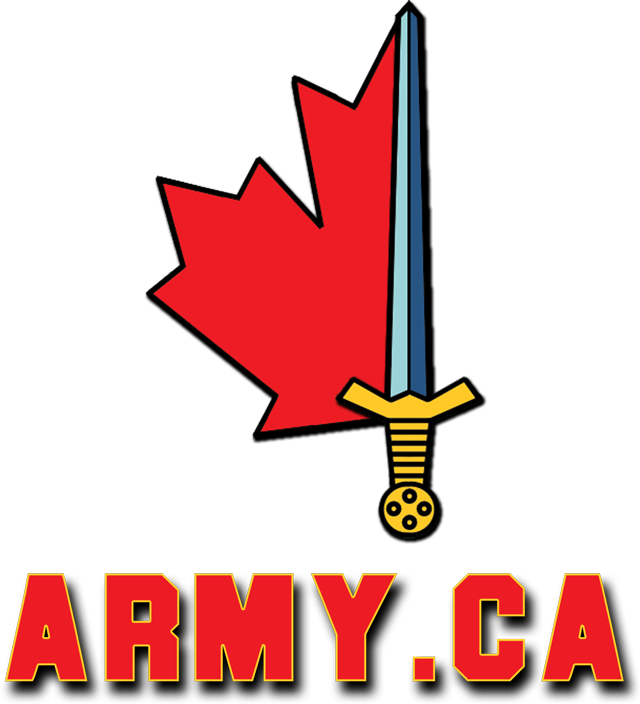I was thinking for the past few days on the Common Chassis issue - mainly from the Merkava standpoint - how the design of that works for a "at home Army that has realistically a 200km operating bubble - and how that doesn't work for the expeditionary army that anticipates moving that distance in a day or less at times of rapid advance, but will not have the ability to simply flat bed the tank to a Depot for maintenance when it needs engine or transmission work.
You can see from this video the access to the Abrams engine and transmission is dead simple - but also blocks any method of creating a rear access point for a crew compartment.
If one was to move the engine forward - I don't think the turbine would be possible anymore - and a larger diesel would be used -
but then ones transmission grows to link back to the rear drive sprockets - cutting into to available space.
So while I like the idea of a common chassis - I don't think that one can get there from here in a system that will offer the maintenance needs of a maneuver/expedition army - without size increases to the chassis - which no one really wants either.



